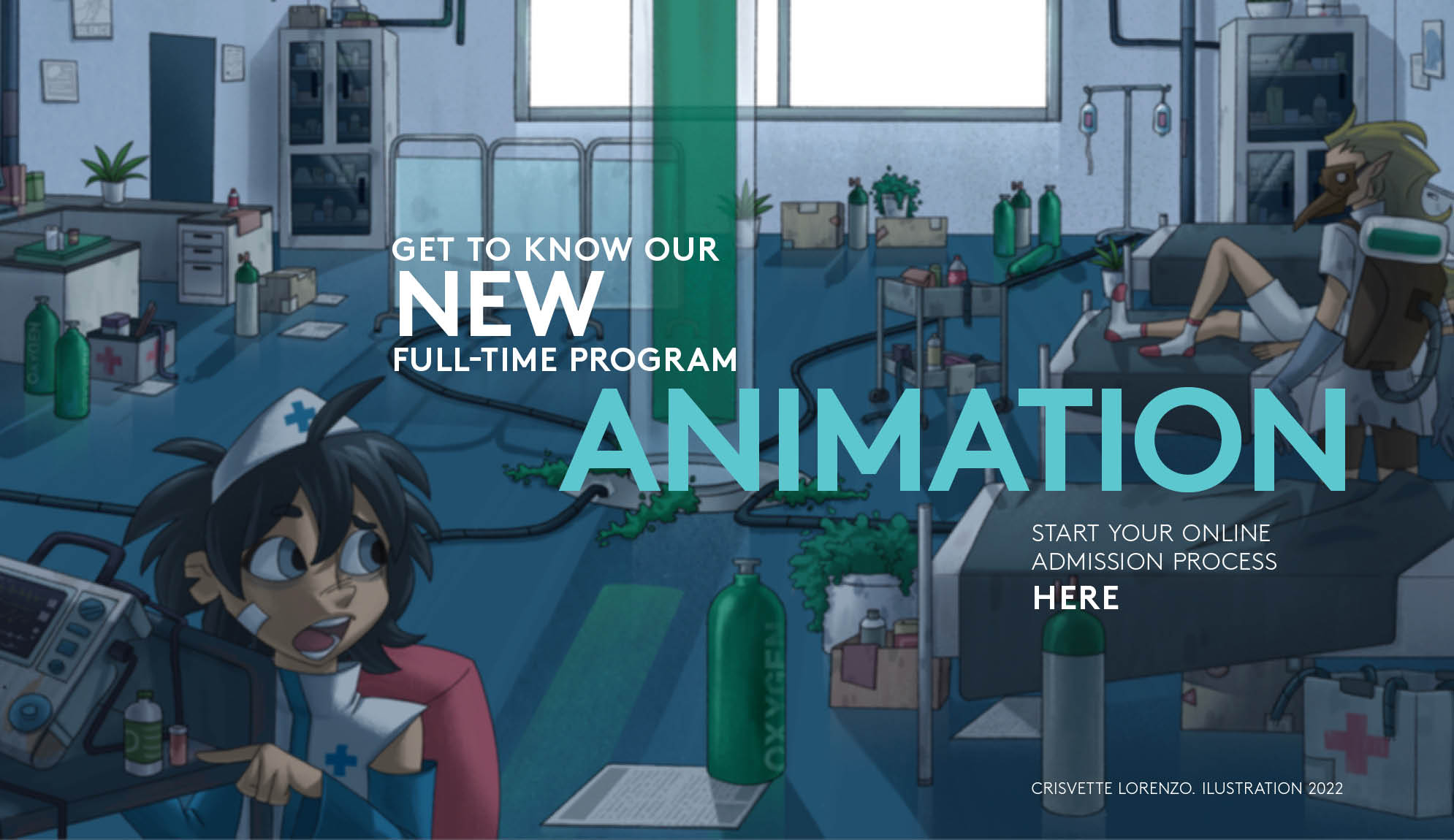Interior and Product Design
Full-Time
Campus: Santo Domingo
Below, you will find all the information about admissions requirements and the curriculum with the subjects to be taken:
Technical Interior and Product Design Career
General Description
The technical program in Interior and Product Design at CHAVÓN prepares designers with critical thinking, spatial sensitivity and a solid technical and conceptual foundation, capable of creating functional, sustainable and emotionally meaningful spaces and products.
The architectural focus of the program allows them to master from the definition of the environment to its execution, encompassing interior design, furniture, objects and surfaces with a deep understanding of the human, aesthetic and environmental impact of their proposals.
Career Opportunities
Interior Design
- Designer of Residential or Commercial Interiors
- Designer of Ephemeral, Museum and Scenographic Spaces
- Design Assistant in Architectural or Interior Design Studios
- Spatial Project Execution Coordinator
Product & Furniture Design
- Functional or Decorative Product Designer
- Designer of Handcrafted or Industrial Furnishings
- Creator of Utilitarian or Experimental Objects
- Designer focused on Sustainable Materials
Sustainability & User Experience
- Designer of Ecological Solutions and Responsible Spaces
- User-Centered Design Specialist
- Facilitator of Co-Creator or Participatory Design Processes
Visualization, Presentation & Prototyping
- Technical Draughtsman / 3D Renderer
- Specialist in Mock-Ups, Prototypes and Physical Modeling
- Visual and Conceptual Proposal Developer for Clients
Creative Management & Consulting
- Design Project Coordinator
- Consultant in Interior Design or Product Design
- Assistant Creative Director in Design Studios
Hard Skills (Technical)
- Technical, Architectural and Freehand Drawings
- Digital Modeling of Spaces and Products
- Prototyping, Layout and 3D Rendering
- Interior Design: Planning, Materials, Lighting and Ambience
- Product Design: Ergonomics, Functionality, Sustainability
- Use of Digital Tools for Space Visualization
- Knowledge of Furniture History and Object Analysis
- Design with Sustainability Criteria and Social Context
- Application of Real Construction Systems and Materials
- Development of Professional Portfolio and Presentation of Projects
Soft Skills (Transversal)
- Spatial Thinking and Aesthetic Sensibility
- Ability to Observe and Interpret Human Behavior
- Empathy with Users and Experience-Focused approach
- Creativity in Solving Spatial and Functional Problems
- Ability to work in Interdisciplinary Teams
- Communication Skills and Effective Presentation of Ideas
- Time Management and Planning Design Processes
- Ability to Adapt to New Challenges and Changing Contexts
- Entrepreneurial Spirit and Collaborative approach
- Ecological Awareness and Social Commitment
- Critical Thinking and Cultural Analysis of the Environment
Admissions
Admission to CHAVÓN requires high school graduation with a satisfactory grade-point average, the presentation of a portfolio,* and an interview. For detailed information about admissions procedures, click here.
*Applicants to the program in Fashion Marketing and Communications are not required to present a portfolio but must complete the CHAVÓN Challenge.
*Applicants to the Film program can only apply via Portfolio
Information for International Students
International students are a welcomed to the CHAVÓN community and significantly add to its rich, artistically and intellectually diverse dialogue and culture. If you live outside the Dominican Republic, we encourage you to apply or to contact us, as we will always be available to assist you in the application process and to answer questions regarding such things as dormitories or other living accommodations, travel arrangements, visas, or any other questions you may have.
